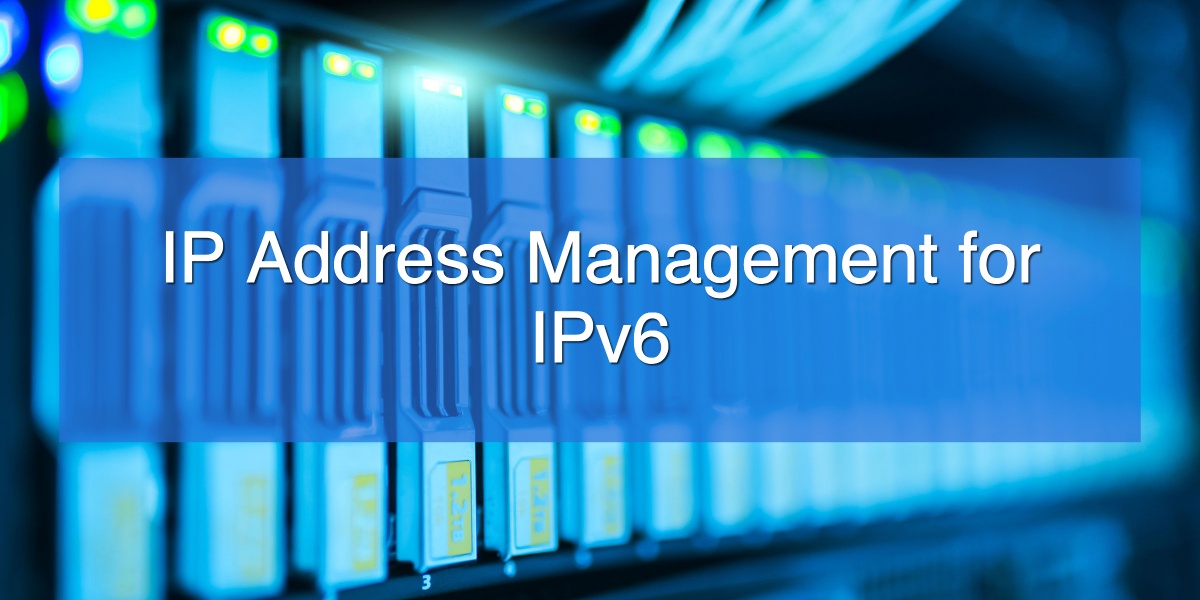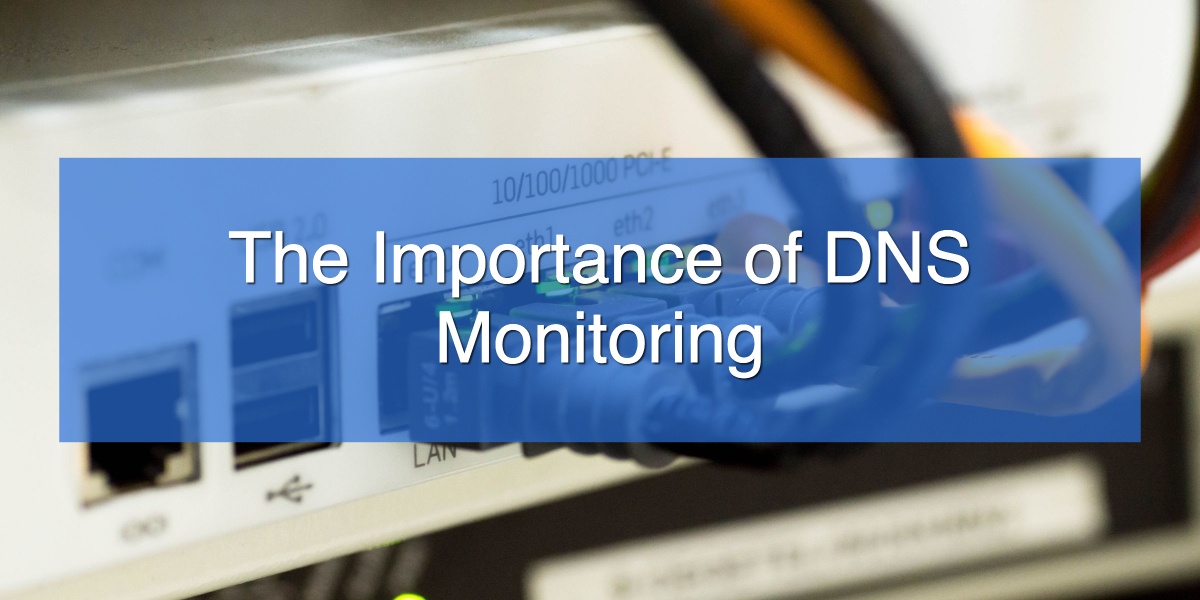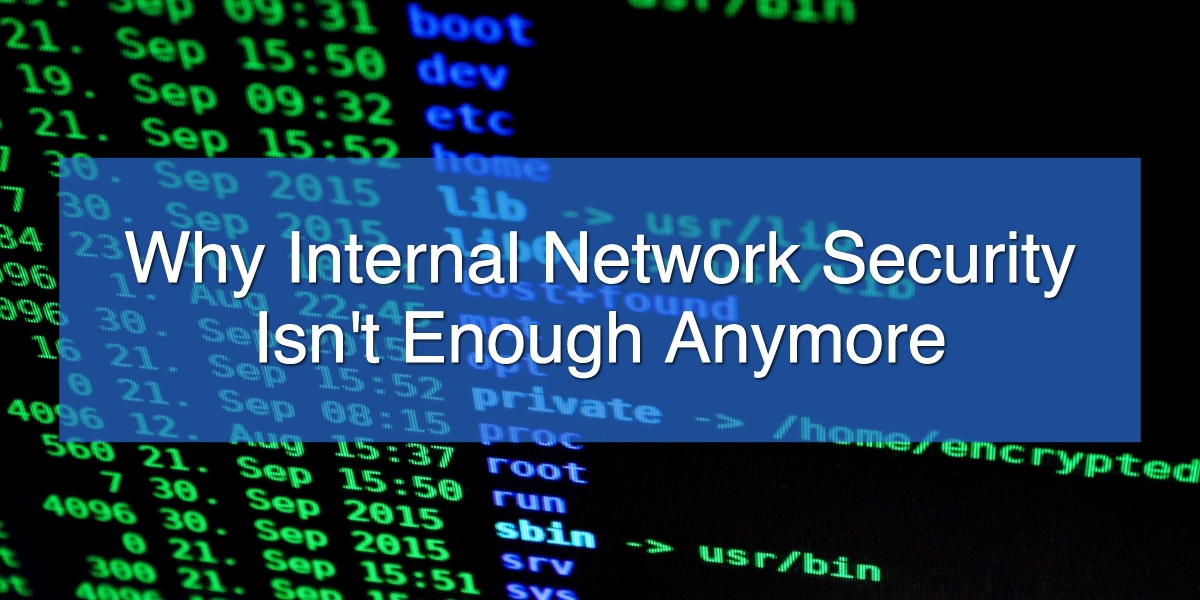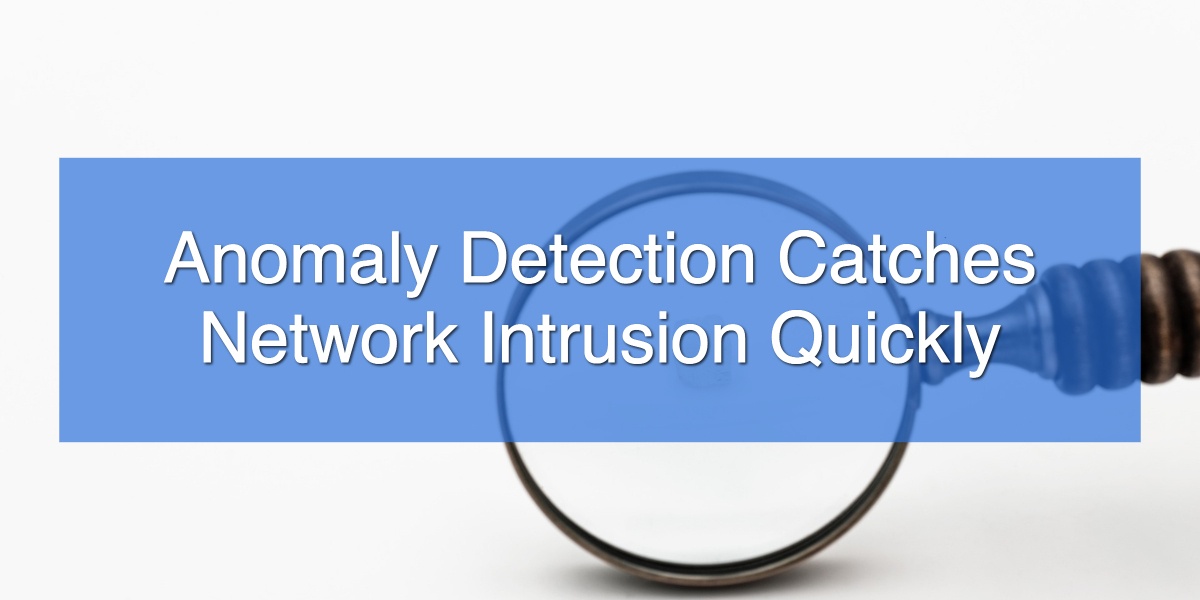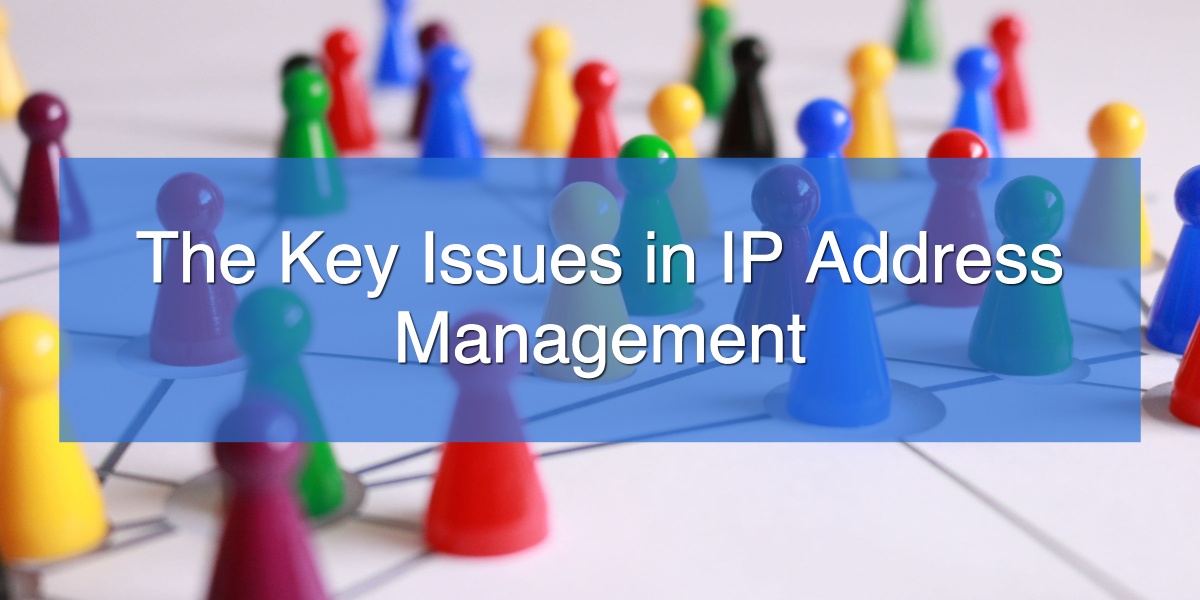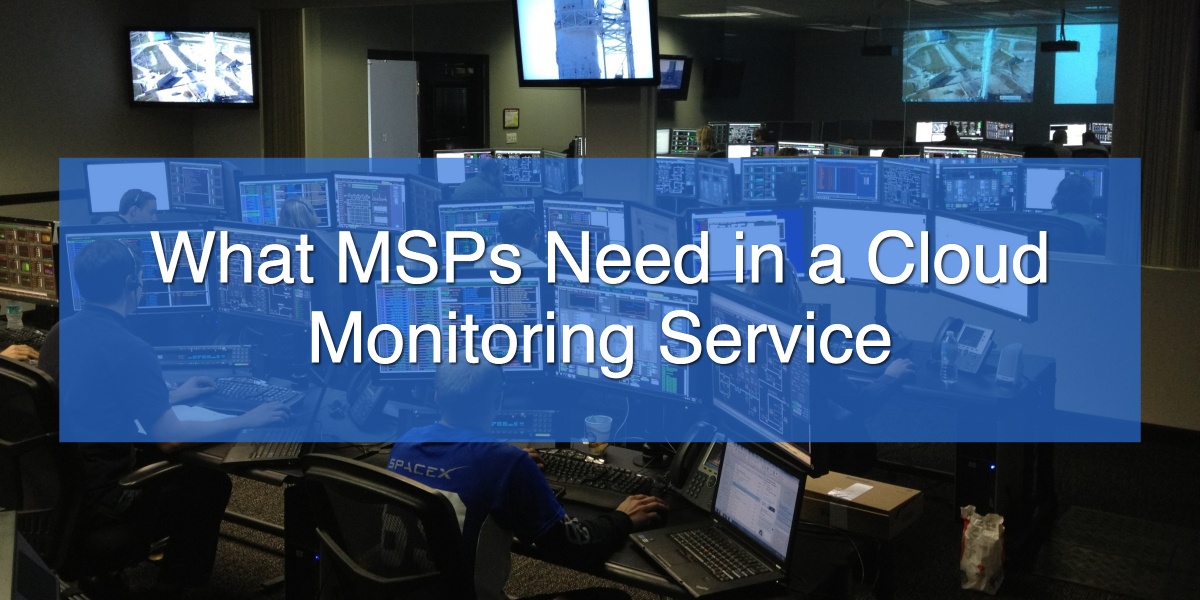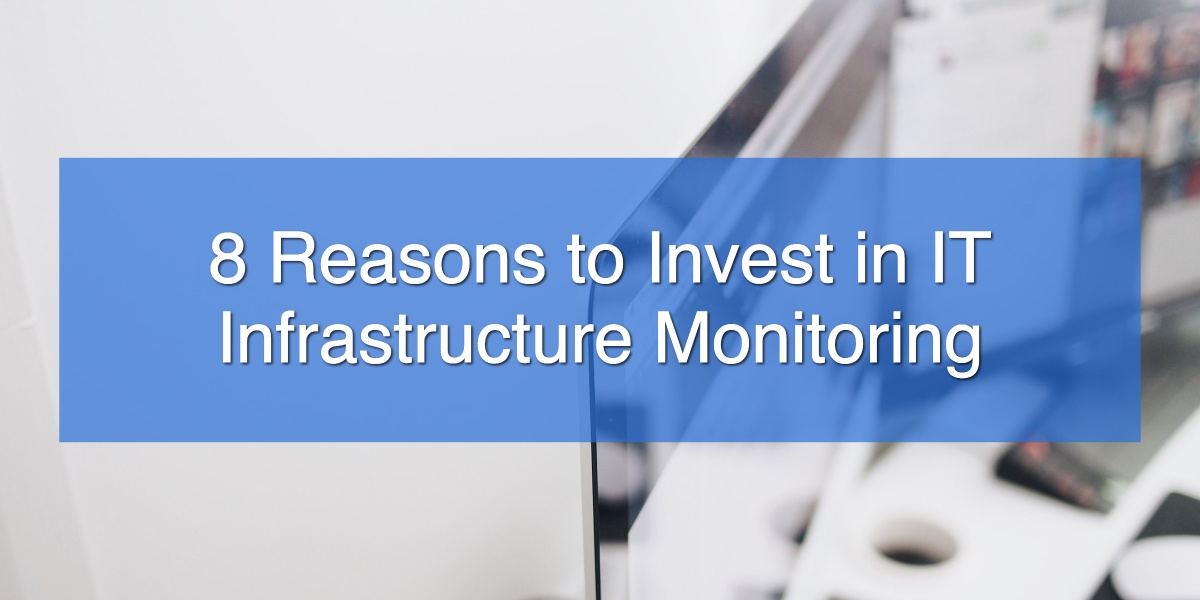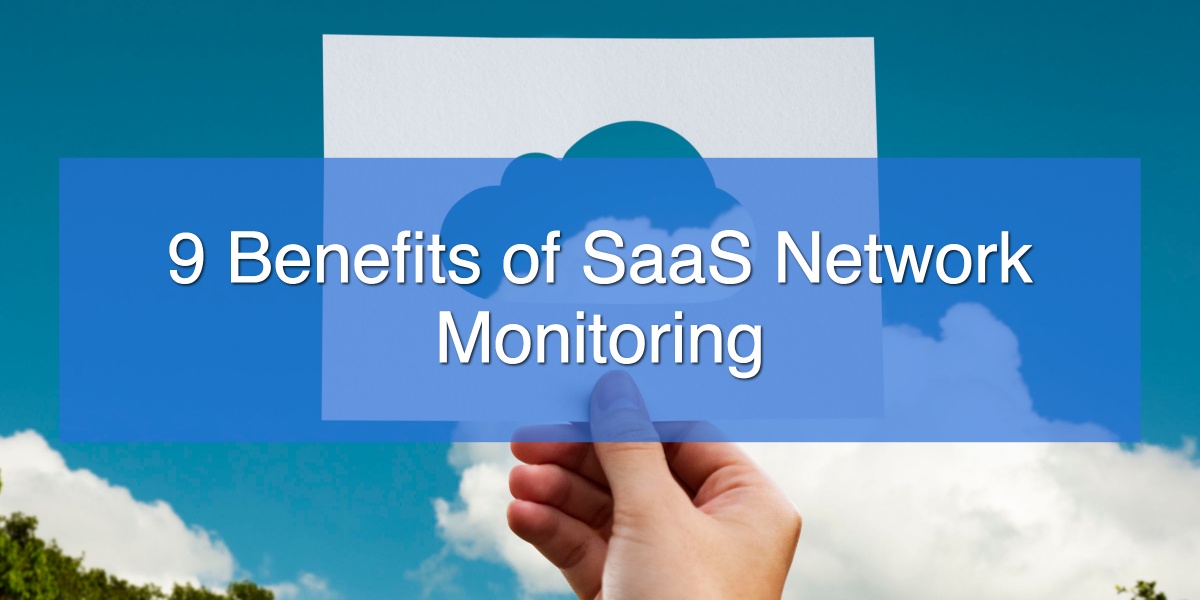People don't usually notice that DNS exists. They use their browsers and send email, and they assume that they'll reach the expected destination. When they don't, it's alarming. The 2016 DDoS attack on Dyn's DNS servers brought a large portion of the Internet's traffic to a grinding halt. No one expected it, and few people understood it.
Recent Posts
IPv4 is the zombie that won't die. Its address space has been exhausted for years, yet it still dominates the Internet. Still, it's giving ground at a rapid rate, and IPv6 support is becoming a necessity. For the foreseeable future, that means maintaining a dual stack. Public websites, at least, can't give up the old protocol yet.
Topics: IPAM
Application performance management (APM) isn't just for system administrators. It can and should be an integral part of the software development cycle. Some problems show up only after running for a long period of time, and APM is one of the best ways to make developers aware of them. Not every bug immediately produces incorrect results. Some of them make the application slow down over time. Some make it crash after a long period or when an unusual situation occurs. Code which works well with test data may not scale well as its database grows. Normal testing won't always catch these issues.
IT people often take DNS servers for granted. They perform an essential but simple task, and they're just supposed to work. Most of the time they do, but if they go wrong, the effects can be disastrous. An unreliable server means an unreliable Internet connection. A rogue server can let malicious sites impersonate legitimate ones. DNS monitoring can catch problems before they become major.
Topics: DNS
Network security is not what it used to be. Most likely, if you're in the IT security business, you probably just laughed at the understatement of the year. With the 'rise' of the internet, search engines, wireless communication, cloud technology, and hackers hiding behind every access point, the idea of securing a single unified network has become almost ridiculous. It's still necessary as part of your greater business IT plan, but impossible to maintain on its own in today's highly online business environment. An office building is no longer an island standing alone with its tower of isolated data, it is a hub through which data flows in and out of the network at lightning speed, which means it's time to start thinking about network security differently.
Topics: Network Security
Keeping a network safe requires a broad array of tools. Detection of anomalies plays the important role of spotting trouble early. Anomalies can happen in incoming, internal, and outgoing traffic. On the incoming side, recognition of attacks in progress provides an early warning. Within the network, malware that has successfully invaded one machine may launch attacks on others. Outgoing traffic could include attempts to contact command-and-control servers. When monitoring detects these events, security software or administrators can take action to stop the threat quickly.
Topics: Intrusion Detection
IP address management (IPAM) isn't a simple matter in a large network. It has to keep track of public addresses, network address translation, DNS connections, DHCP, and IPv6 addresses. Without a reliable set of IPAM tools, a network can waste address spaces, encounter address collisions, experience security weaknesses, and have poor resiliency.
Topics: IPAM
Managed service providers need to stay on top of their clients' networks in many ways. The more complete and timely the information they gather is, the more satisfaction they'll deliver. It's possible to do this from the MSP's on-premises systems, but cloud-based monitoring offers many advantages. It's more reliable and scalable, and often more secure.
Topics: MSPs
Every modern company has an IT infrastructure. Even small businesses with only a local computer and a wifi network technically have their own IT infrastructure made up of the workstation, router, network, point of sale devices, and any mobile devices currently connected to the network. Larger and more tech-oriented companies may, however, find themselves with an IT infrastructure with more than a thousand different points to consider. From local servers to cloud servers, mobile devices to workstations, and from in-house teams to SaaS IT services, a company's IT infrastructure can wildly balloon out simply by the nature of normal growth and department development.
Topics: Cloud Based Network Monitoring
Running a modern business is all about the data. While companies may vary from industry to industry and even location to location, this is only the logistical side of things. From marketing to inventory tracking, the standard aspects of business are all going digital. The information that travels just between employees and internal computers is massive, and the amount of data and network interactions only multiplies with a thriving company website.
Topics: SaaS, Cloud Based Network Monitoring



